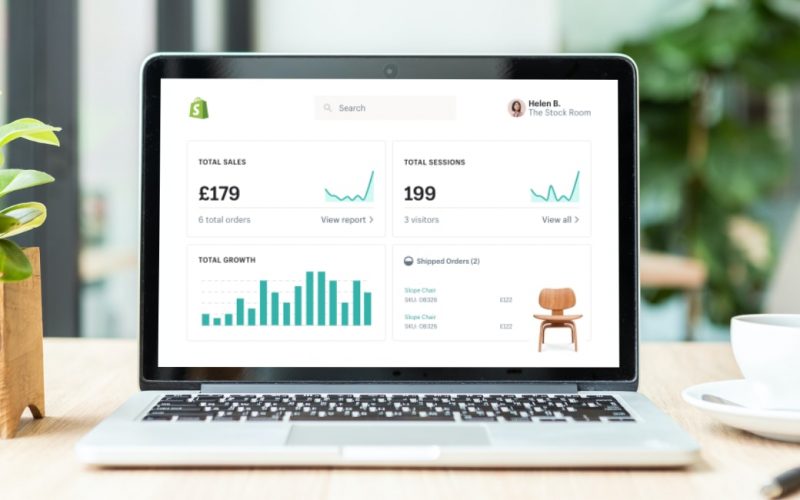21
Oct
Using Shopify apps can greatly enhance the user experience on your Shopify storefront. These apps offer additional features and functionality that can optimize various aspects of your store. Here are some popular types of Shopify apps that can improve the user experience: Product Recommendations: Use apps that provide personalized product recommendations based on customers' browsing and purchase history. These apps can help increase cross-selling and upselling opportunities, leading to higher average order values. Social Proof and Reviews: Install apps that display customer reviews, ratings, and testimonials on your product pages. Social proof apps can build trust, encourage conversions, and provide…









